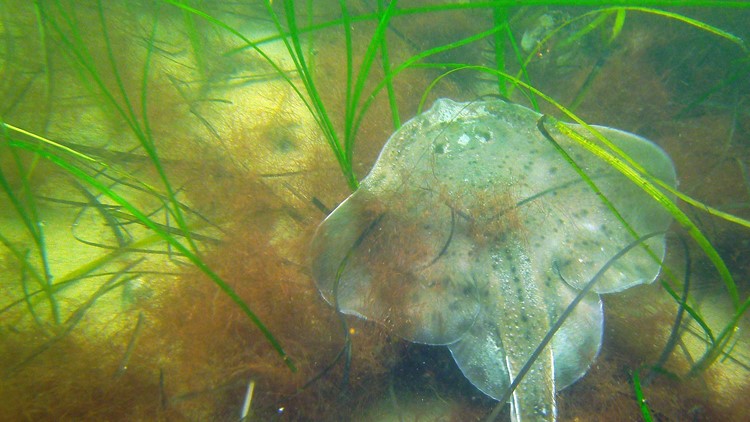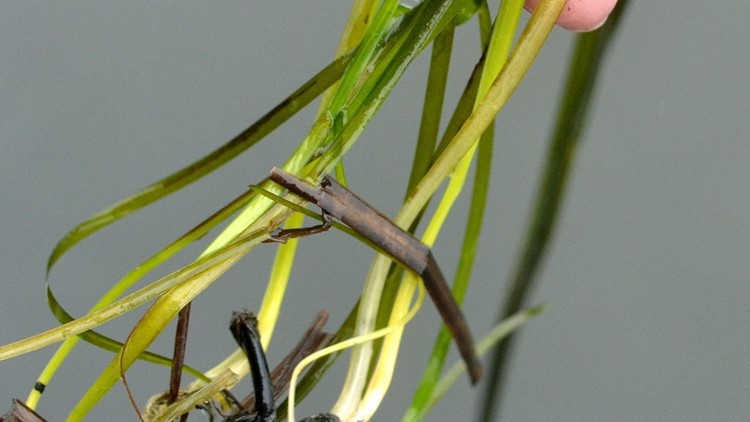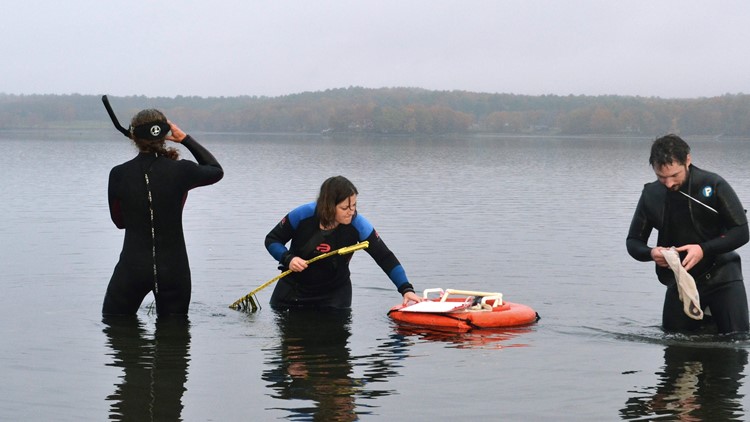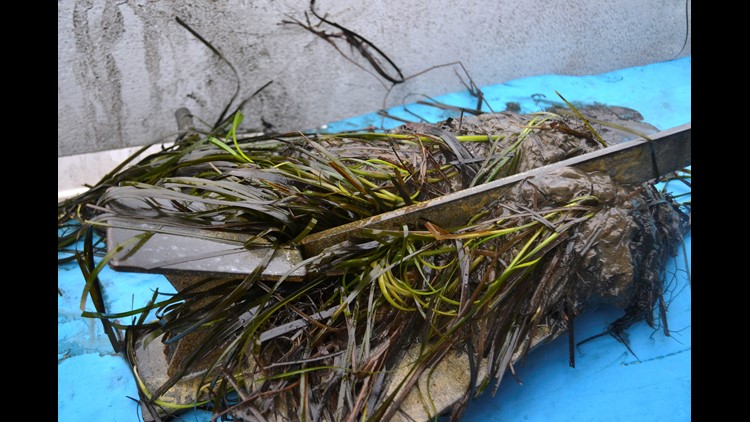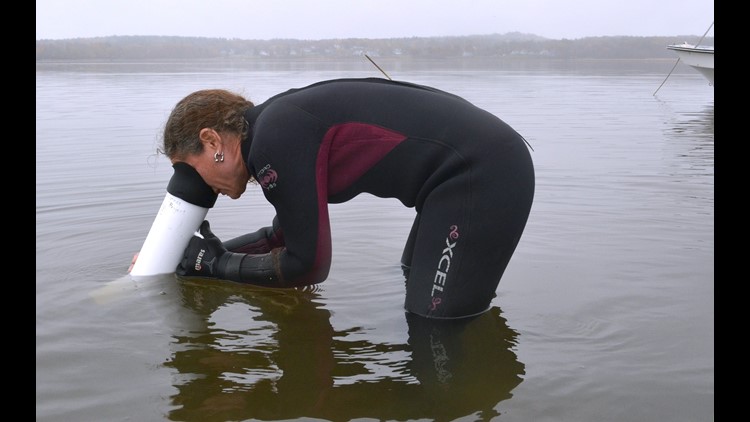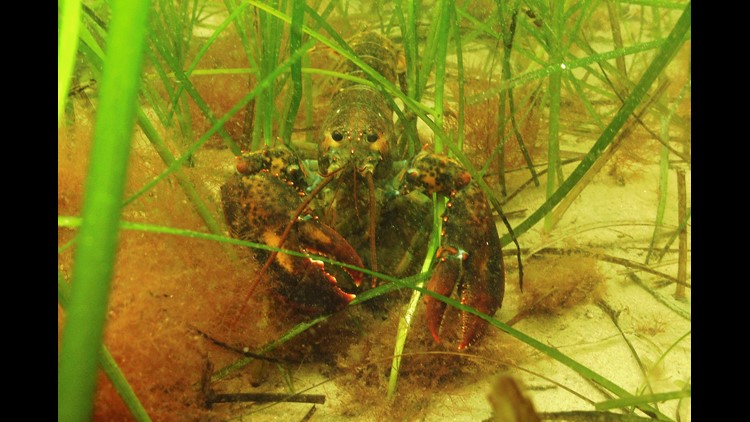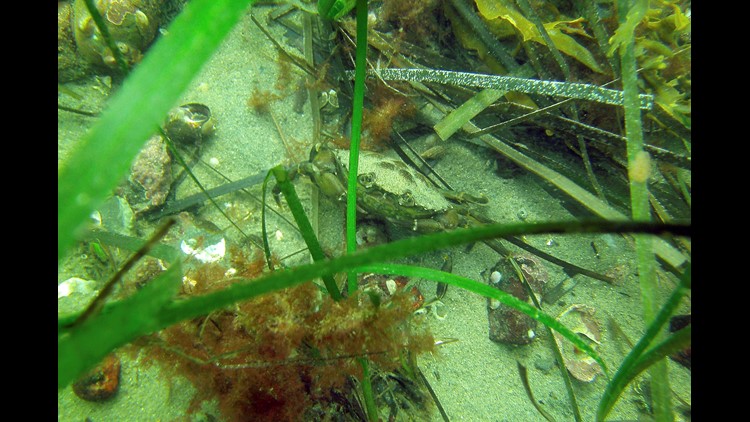DURHAM, N.C. — Efforts to clean up U.S. waterways are helping bring back seagrass beds.
The beds provide huge benefits to coastal environments and the creatures that live in them.
From Boston to Tampa, researchers are finding that upgrades of municipal sewage plants have improved water quality and created an environment more welcoming to seagrass.
Poor water quality had led to the demise and, in some cases, the disappearance of seagrass in coastal areas.
Seagrass is often seen as a gauge of the health of marine ecosystems. While there are signs some seagrass is rebounding in the United States, the global picture is more mixed.
Scientists struggle to save seagrass from coastal pollution
More News
RELATED: How do evergreen trees stay green?


